Posts on Happily Homegrown contain affiliate links. When you make a purchase through an affiliate link, your price will be the same, but Happily Homegrown will receive a small commission. Thank you for your support!
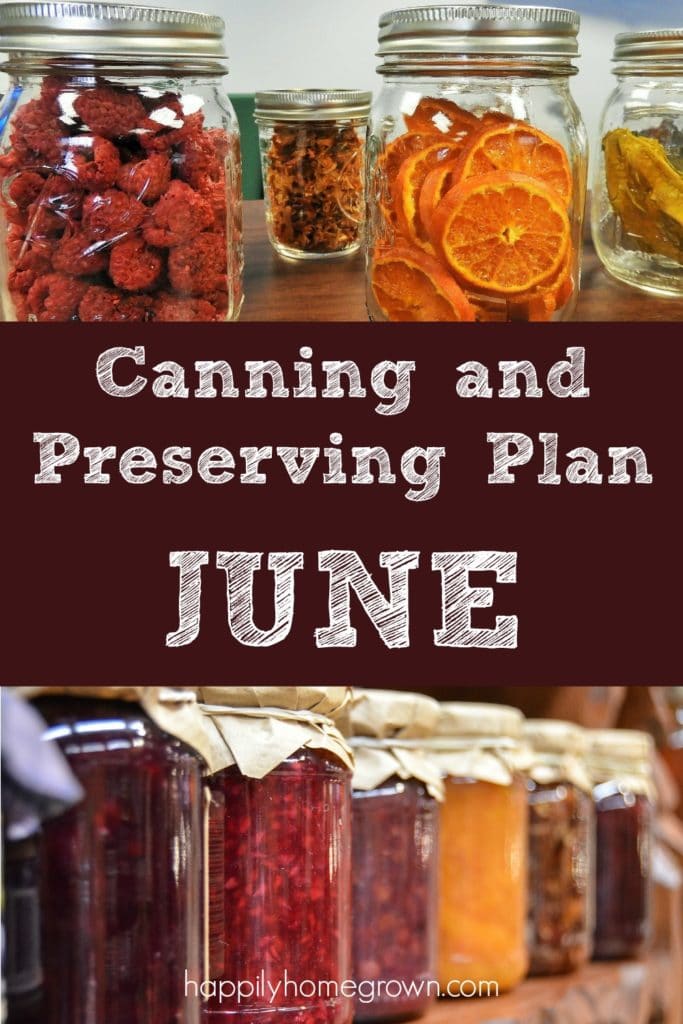
Whether your garden is in full swing, your CSA is keeping you busy, or you are frequenting your favorite farms, it is time to start thinking about canning & preserving this season’s harvest for the future.
For an overview of what we can in an entire year, check out our Annual Canning Plan.
Dehydrating
We have a dehydrator and it is currently sitting on the counter working on our recent harvests. Over the course of the year, we use our dehydrator to preserve herbs and dark leafy greens, make jerky, and dry fruits as snacks. It is a great appliance, and well worth the investment.
We grew a spring crop of just three kale plants, but they are now HUGE! I have cleaned the kale and will be removing it from the stem before dehydrating it and breaking it into flakes. I plan to use the kale flakes in vegetable soup over the winter to add a punch of dark greens. You can also crush up the dried kale even more and add it to eggs, tomato sauce, meatloaf, or just about anything you would add dried herbs too.
Oregano, Sage, Thyme, and Rosemary are currently growing abundantly in the garden. These herbs like to be pruned, so I’m going to take the bits that were pruned off and dehydrate them. The dried herbs will be stored in colored Ball jars (to reduce the light on them) in the pantry until I need to refill my containers in the spice rack.
I have only successfully made fruit leather once, but I really enjoy it as a sweet snack so I’m going to try again. I have strawberries from the local farm so I’m going to try to make a strawberry fruit leather. I’ll share the results once I figure it out.

Water Bath Canning
Water bath canning is best for preserving things like jams and jellies at home. This month is the start of my jam making for the year. We do not purchase any jams or jellies at the grocery store, so it is important that I can all that we are going to need while the fruits are available.
Strawberry Jam is a family favorite and each year I preserve between 12-24 pints. We used our strawberry jam on toast, for peanut butter and jelly sandwiches, and stirred into homemade yogurt.
At the end of June, blueberries should start to be available from our local farms. I am hoping to get berries for a good price (less than $2/pint) and make about 12 pints of blueberry jam. We use this primarily as a mix-in for yogurt, but will also use it for sandwiches, but my daughter likes to melt it for on cheesecake or ice cream.
Pressure Canning vs Freezing
Pressure canning is the only safe way to home-can vegetables and other low-acid foods. If you do not have a pressure canner, or you don’t care for the texture of home-canned vegetables then the alternative is to freeze them.
I have not canned vegetables in the past but want to give it a try this year in small batches. My goal is to can 2-4 pints of each vegetable and freeze the rest. To get the best results with freezing, I plan to use a vacuum sealer (it is currently still packed from our move last September). By canning in small batches, we can see which vegetables our family likes the most and which preserving method gives us the flavor and texture we prefer.
In June, I will be preserving peas (if they reach harvest before the heat does them in), string beans, and carrots.
Throughout the harvest season, I will be freezing a variety of fruits for later use. Frozen fruit can be used for smoothies, baking, and even canning as jam or jelly later on.
I currently have 6 quarts of strawberries in my fridge beyond what will become jam and fruit leather! These strawberries will be hulled and make their way to the freezer. At the end of the month, if I can find that deal on blueberries and purchase in bulk, I will be freezing those as well. We also have several bunches of bananas that the children seem to have ignored. These will be put in bags of six since that is how many I used when we make banana bread. Always freeze things in the quantity or volume that you will need in the future.



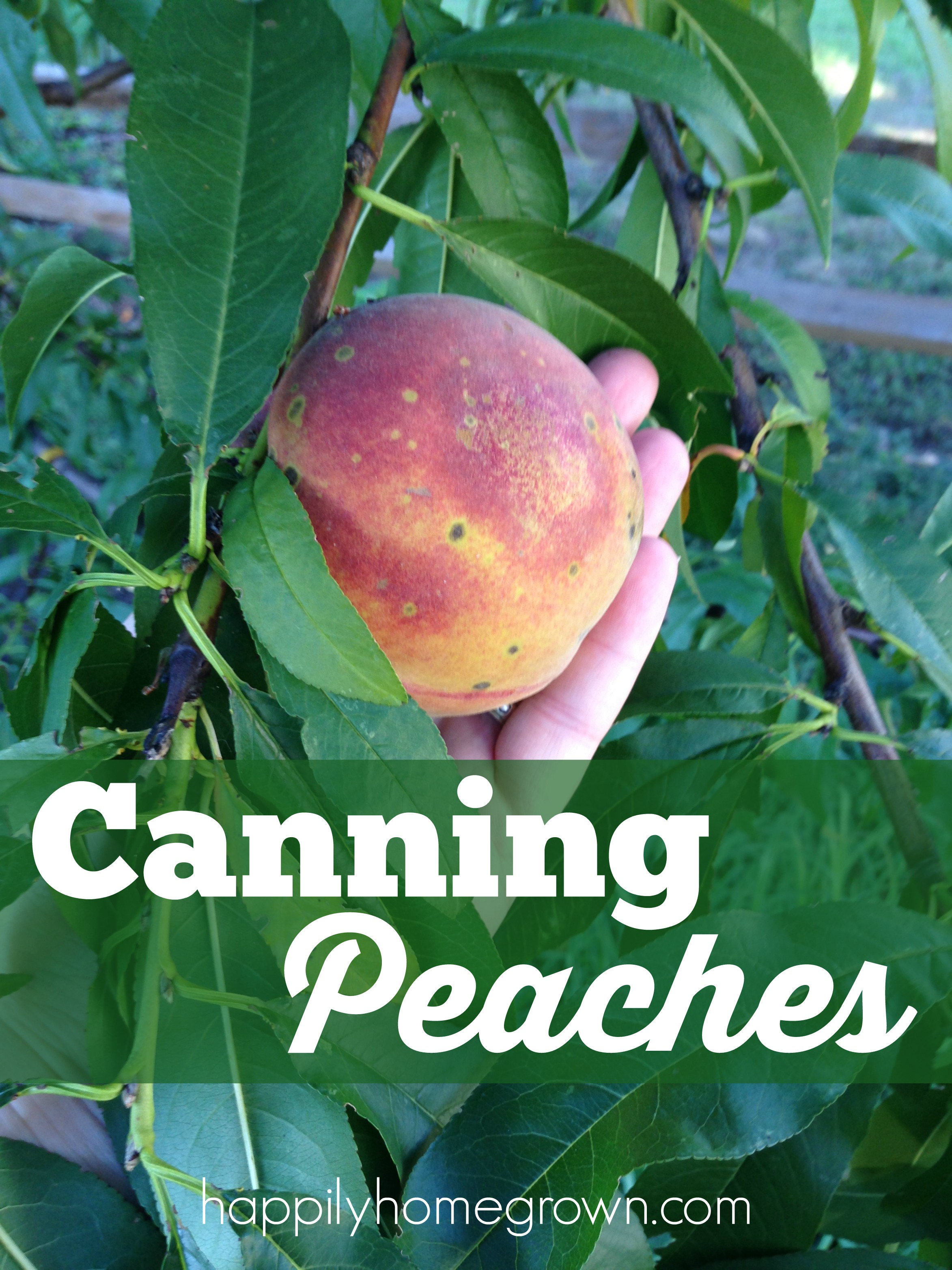
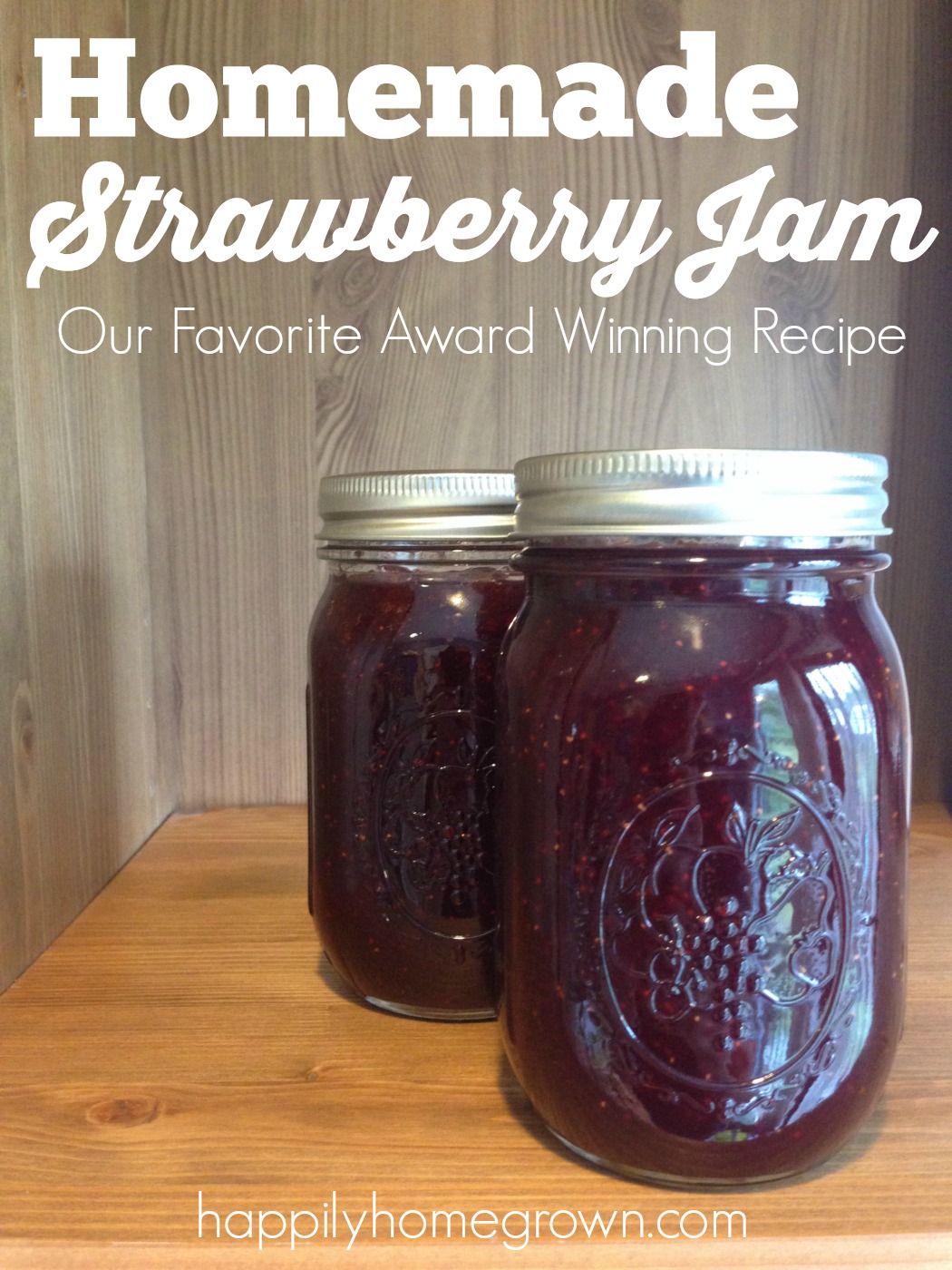
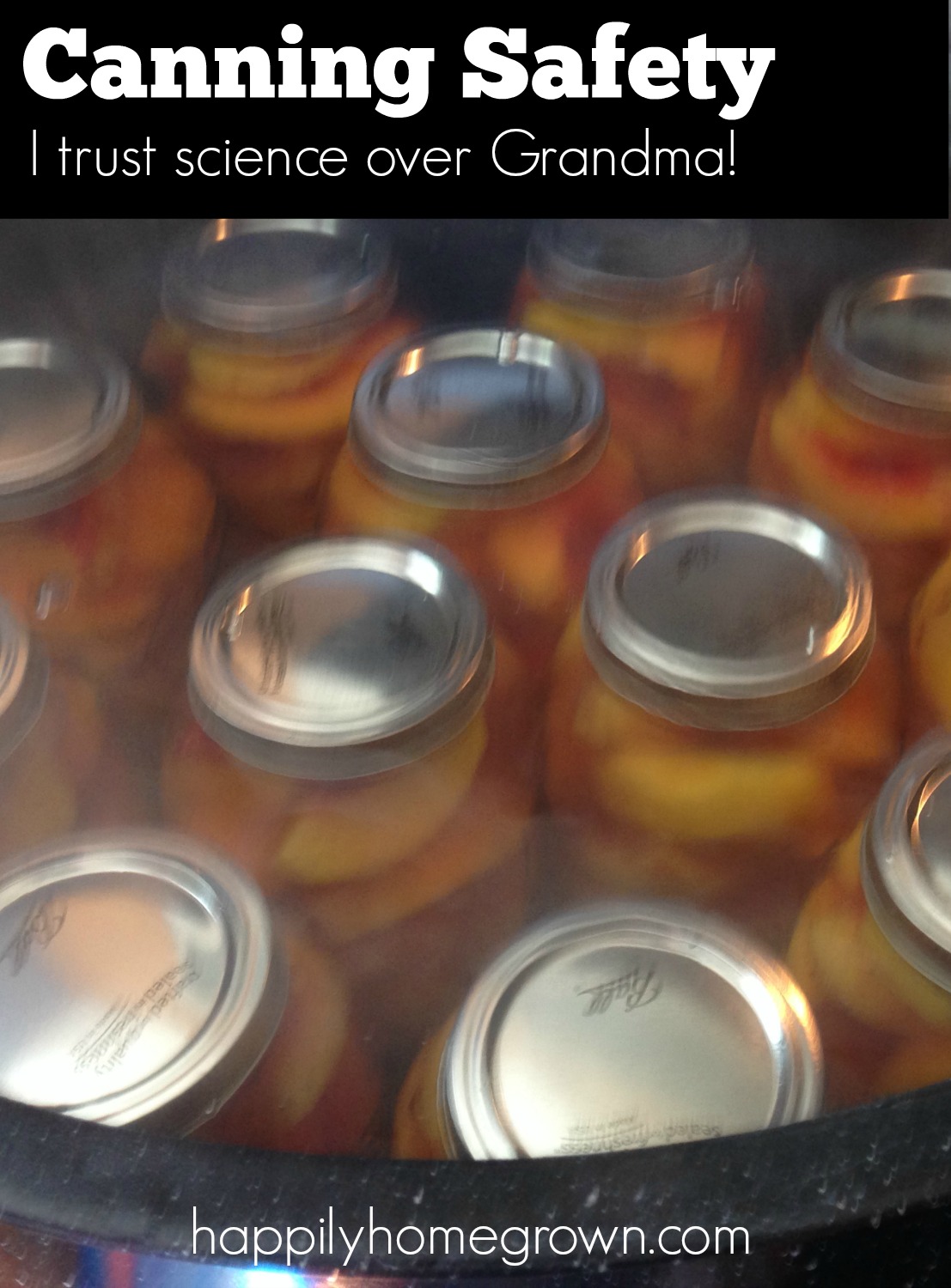
 Victory Gardens for Today
Victory Gardens for Today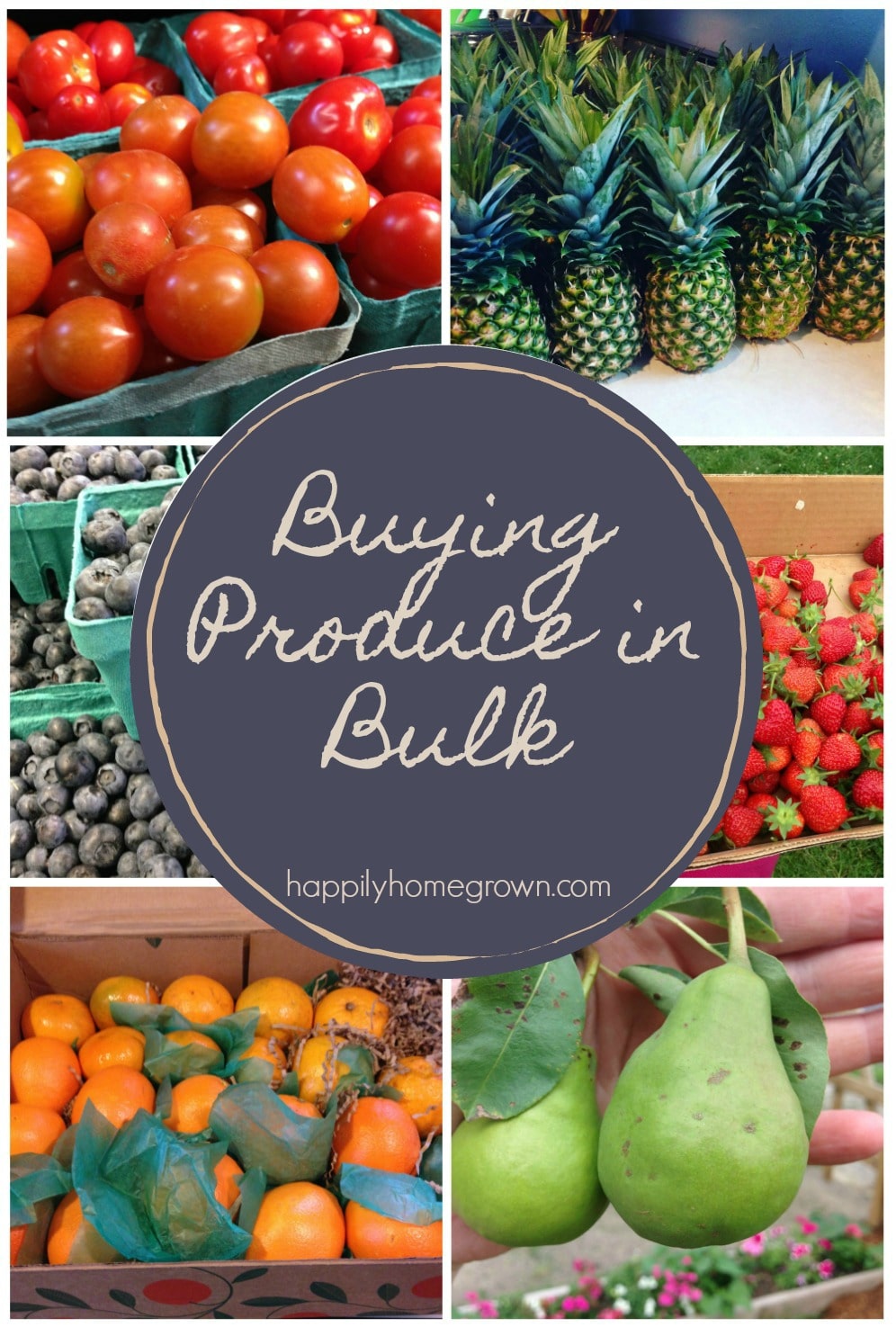
Thank you. Enjoy the helpful recipes